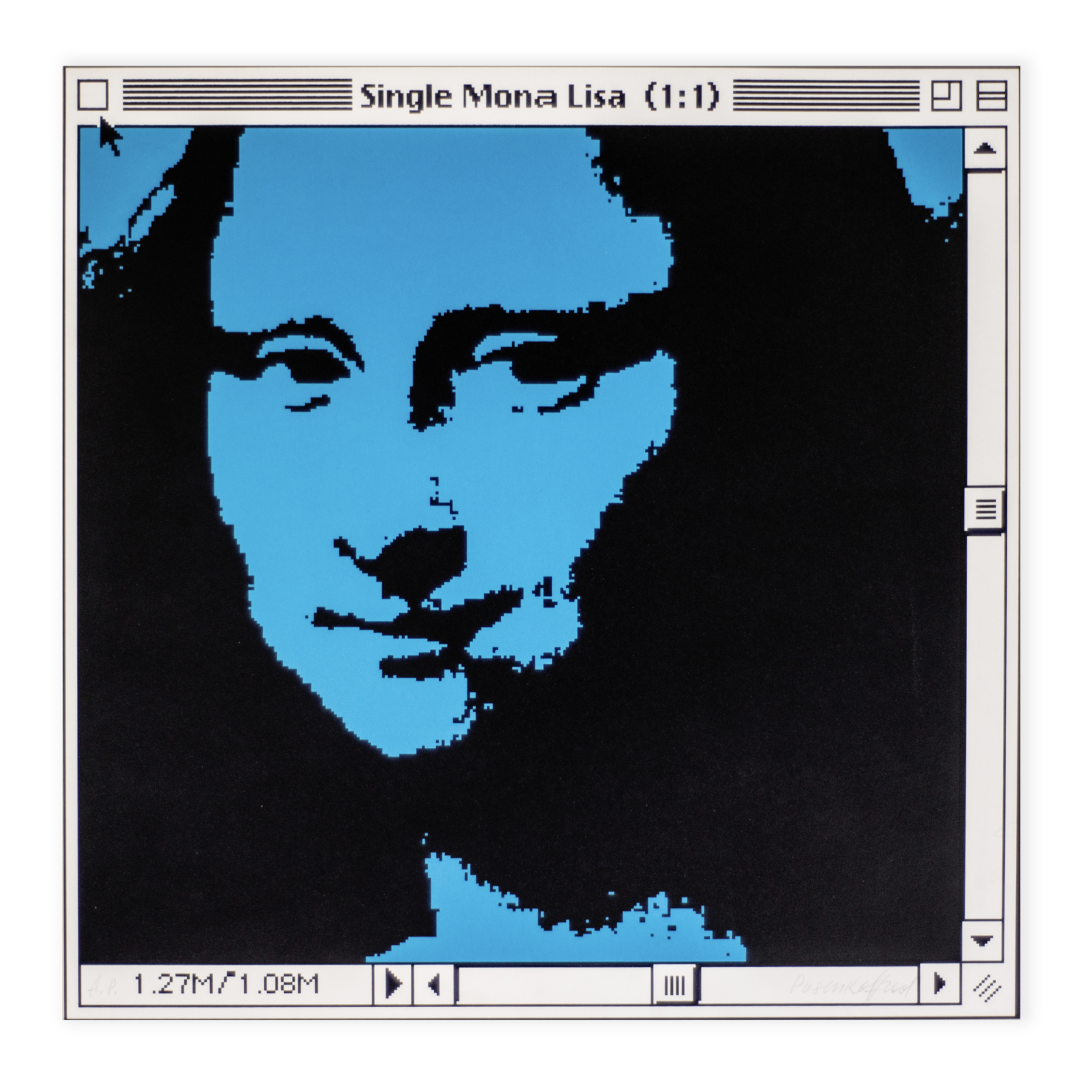Major museums hold NFT exhibitions, online galleries display tokens, an auction house sells digital work for the first time - digitalization is taking the art world by storm: the way art is produced, collected and displayed. Is traditional art market in danger?
Back in 2018, British-American Yves Sussman was one of the first artists to use NFT in art. She split the original ten-minute video “89 Seconds” into 2,304 pieces and sold it to different people. To see the whole work, the owners of the fragments must "borrow" parts from each other.
However, it was another event that made NFT mainstream in art: on February 25, 2021, the oldest auction house Christie's sold an NFT work for $ 69.3 mln.This is an absolute price record for a digital work, which raised its author to the 3rd place in the ranking of the most expensive artists at auction (after Jeff Koons and David Hockney). Beeple's «Everydays: The first 5000 days» is a collage of graphic digital artworks that he had been posting on his Instagram over the past 13 years.

One of the reasons of the growing interest in NFT in art is the COVID-19 pandemic. Millions of people around the world spent 2020 at home staring at the screens of their gadgets, and the idea of virtual ownership of virtual art objects began to seem not so fantastic. Another reason is the emergence of a new generation of collectors: professionals from the crypto community have made fortunes and began to spend money on art corresponding to their taste - cryptoart.
The concept of cryptoart focuses primarily on works that were originally created in a digital way. Thanks to blockchain technology, digital artists will be able to monetize their art much more efficiently and ensure their copyright. But every day there is news about another traditional artist, gallery owner or collector turning to digital art. For example, contemporary art classics Ilya and Emilia Kabakov created a unique digital work based on drawing D-161, and it was sold for $ 6,000. The State Hermitage Museum has already announced an exhibition of works of art in the format of non-fungible tokens in 2021. CADAF (Crypto and Digital Art Fair) and Digital Art Month in Paris are scheduled for June. And it’s quite possible that as you are reading this text, the list of such examples is growing.

What is NFT art - a new stage in the development of art or a fleeting phenomenon? Only time can tell. But for now, we can say with confidence that artists still value physical presence of their works in the exhibition space and the audience - interacting with them.